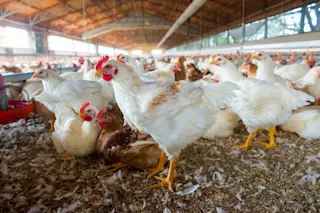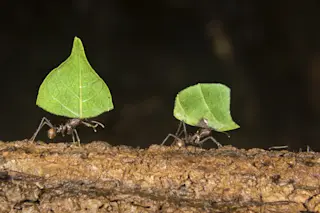We often think of our homes as clean and the outdoors as dirty, but it turns out that our homes actually contain a more diverse population of microbes than the dirt outside — and most of them came from you and your pets. That’s the finding of a new study that surveyed the fungi and bacteria in 1200 houses across the U.S.
Some of the microbes in our homes may be harmful; they may cause diseases or allergic reactions. Others are beneficial, because they help children develop healthy immune systems and prevent allergies later in life. Either way, they are an important part of our lives and an important factor in our health. However, up till now, we’ve had a very limited understanding of the normal populations of microbes that live in our homes. To address that question, researchers led a citizen science project, called Wild Life of Our Homes, ...













